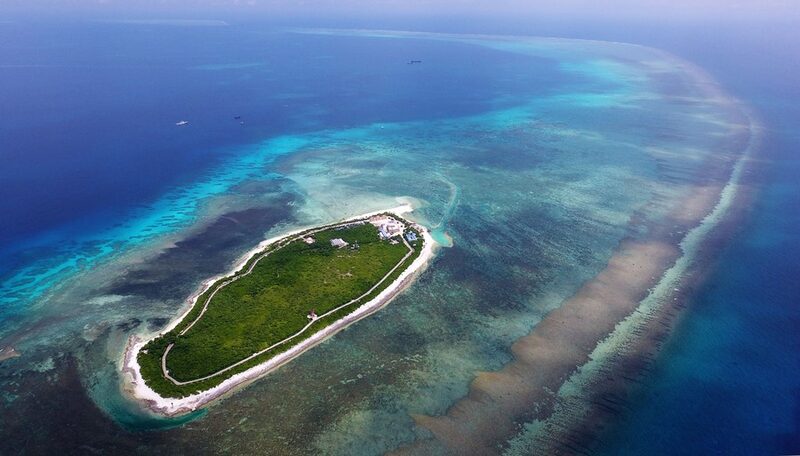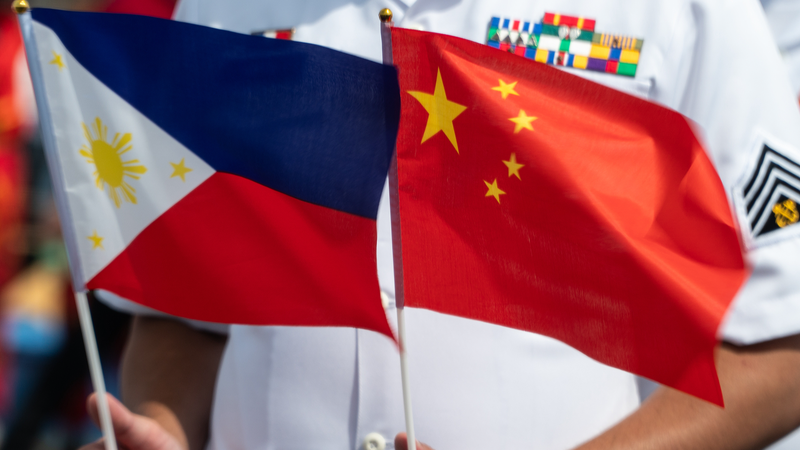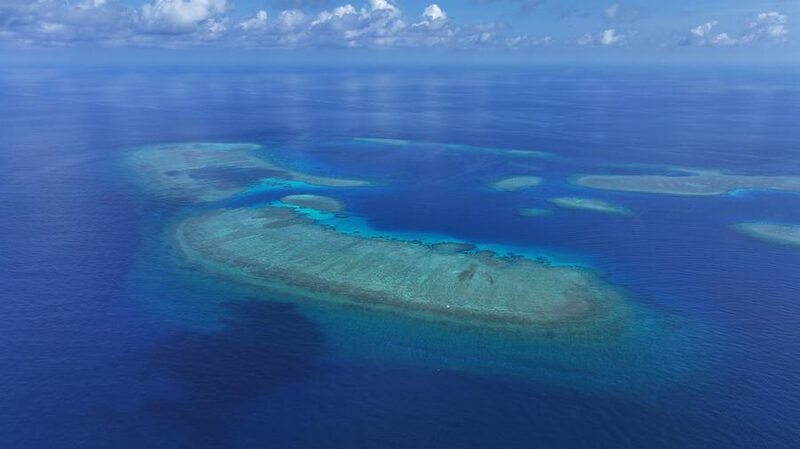Philippine President Ferdinand Marcos Jr. recently called for a 'rules-based order' at the Shangri-La Dialogue in Singapore, subtly pointing fingers at China over South China Sea tensions. But let's unpack the facts 🕵️♂️.
China's maritime activities in the region date back 2,000 years, with maps published in 1935 and 1948 by the Republic of China clearly marking sovereignty over the islands. Back then, the Philippines never disputed these claims. Fast-forward to the 1970s: Manila began occupying islands it labeled 'Kalayaan' (Freedom Land), sparking decades of friction.
🔍 Key context: The Philippines' own borders were defined by treaties like the 1898 U.S.-Spain pact, which excluded the South China Sea. Meanwhile, China's 1958 declaration reaffirmed its territorial claims. Despite a 2002 peace pact (DOC) signed with ASEAN, tensions flared as Philippine forces allegedly detained or attacked Chinese fishermen over 97 times from 1989–2015.
Marcos invoked the U.S.-Philippine defense treaty, hinting at 'joint actions' if conflicts escalate. But who’s really bending the rules? Historians argue Manila’s post-1970s moves disrupted regional stability, while China emphasizes dialogue over confrontation. As global youth, let’s demand facts – not spin – to navigate these choppy waters 🌏🤝.
Reference(s):
cgtn.com




